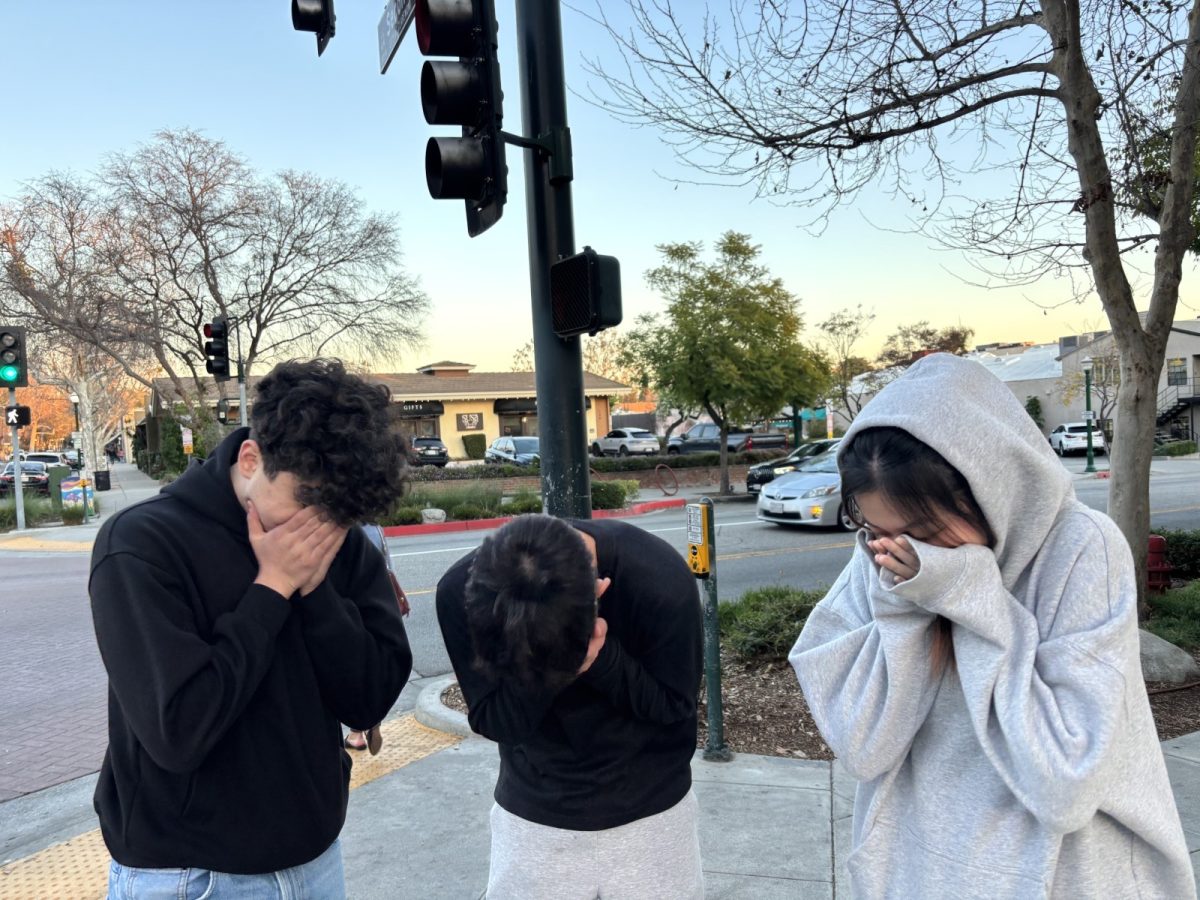The Doc Marten boot is a soldier’s boot that evolved into a housewife shoe, a worker’s shoe, a police shoe, rebel’s shoe, and a symbol of personal pride. Doc Marten’s were designed with both purpose and comfort in mind, and the company can boast more than 70 years of service. Doc Martens are like the swiss army knife of footwear, but carry a story and a personality instead of a corkscrew or nail file.
Doc Martens seem to be quite prevalent at our school especially, as you can often spot one or two pairs being worn. Although they are already quite popular and you may recognize the name, you might not know the complete history of these proletariat pumps.
Depending on who you ask, Doc Martens as a brand began in either 1901, 1945, or 1947. The boot went through a sort of evolution before it reached its final design.
In 1901, R. Griggs & Co. Ltd. was formed in Northamptonshire, England as a footwear company. From day one, they have made dependable boots for the working class, and while they were popular, they were not as popular as they would be in 50 years.
In 1945, Dr. Klaus Mӓrtens, a 25-year-old German soldier, injured his ankle while on a skiing trip in the Bavarian Alps. While healing, he designed a new pair of boots with air-cushioned soles as he found his standard issue boots too uncomfortable. With minimal supplies and experience, Märtens was able to complete a prototype which he later presented to Dr. Herbert Funk, a former classmate. By 1947, the two were making boots from salvage and surplus finding the shoes to be popular among older women.
Word of these comfy boots reached England, and Griggs got a license to produce boots using Märtens patented soles. The partnership grew and resulted in the model 1460 boot, which added the yellow stitching, sole grooves, and heel loop to Märtens’ original design.
It was not until the 1960s that the boots really gained popularity among subcultures in the UK. They were a symbol of the working class and became popular among skinheads (then related to the working class, not racism) and eventually grew to dominate other subcultures. Ironically, “the establishment” (law enforcement) wore the boots as standard issue equipment right along with many counterculture movements. Police officers and skinheads who were more violent often fought each other wearing the same pairs of shoes.
Doc Martens’ continued to be associated with subcultures like punk, glam, ska, goth, grunge and even bands like The Who, The Sex Pistols, and The Clash. Doc Martens spiked in popularity in the late ’80s and early ’90s, when the brand was renowned for its association to utility and counterculture.
Tony Guinane, whose father was a wholesaler of who worked with Doc Martens, said, “at that time they were already a pretty big company, Doc Martens. You know, you’d see trendy teens, young adults, people who were a bit more daring. It wasn’t uncommon to see people with mohawks walking around with the boots up to their knees.” Mr. Guinane also wore the shoes for his job at a hotel, and said, “I was a big fan, I used them for their utility. Great quality, great product.”
As the century came to close, and the 2000s were just beginning, sales declined. Since 2007, however, worldwide sales have climbed handsomely. This trend can be associated with the multiple partnerships the company has formed, along with their presence in pop culture. They have maintained a healthy presence, and do not seem to be leaving any time soon.















